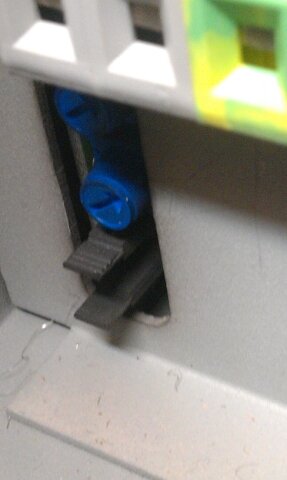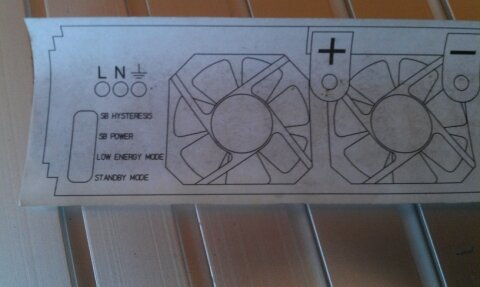wobbly
Well-Known Member
Got my pure sine wave inverter today.
Not at all electro-techie minded so I have a few questions. Apologies if they've been answered before.
So, a few questions:
1. What does pure sine wave do that other inverters dont?
2. Where is the best place in a 95 to place it - I'm thinking under the middle seats, anyone done this. Other option will be on the side in the rear somewhere. Any other suggestions? Its a tad larger than I imagined.
3. The leads from the battery to the inverter - they look like they need to be thicker than the normal 12v wires on radios, phones etc. Is there a particular size I need?
I am reading the other thread on wiring/earthing/rcd's etc - I understand absolutely none of it, so will get some help to actually fit it.
4. Can I run it from my single battery if I keep the engine running? I can see that using it with the engine off will kill the battery quick, so am going to avoid that.
5. Would a second battery from a split charger be a good idea.
6. Where would I put the second battery? Pretty full under the bonnet.
Have I missed anything?
Cheers
Pete
Not at all electro-techie minded so I have a few questions. Apologies if they've been answered before.
So, a few questions:
1. What does pure sine wave do that other inverters dont?
2. Where is the best place in a 95 to place it - I'm thinking under the middle seats, anyone done this. Other option will be on the side in the rear somewhere. Any other suggestions? Its a tad larger than I imagined.
3. The leads from the battery to the inverter - they look like they need to be thicker than the normal 12v wires on radios, phones etc. Is there a particular size I need?
I am reading the other thread on wiring/earthing/rcd's etc - I understand absolutely none of it, so will get some help to actually fit it.
4. Can I run it from my single battery if I keep the engine running? I can see that using it with the engine off will kill the battery quick, so am going to avoid that.
5. Would a second battery from a split charger be a good idea.
6. Where would I put the second battery? Pretty full under the bonnet.
Have I missed anything?
Cheers
Pete








 Who else is waiting for Tony to come back and report that there are now 2 x 2kw inverters out of commission?
Who else is waiting for Tony to come back and report that there are now 2 x 2kw inverters out of commission? 


